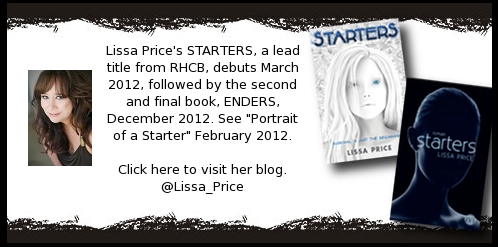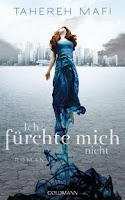Have you ever come across a book that moved you so deeply that you had to share it with everyone who crossed your path? I had that experience recently with
Wonder, R.J. Palacio's debut novel.
What, this is supposed to be a dystopian blog? Not middle grade? Do I really have to go through a song and dance about how middle school is a type of dystopia? I totally could, although I'd be speaking out of the side of my mouth, since my middle school,
The Children's House in Indianapolis, is the only non-dystopic school I attended before college. The truth is that I want everyone to read
Wonder--adults, teens, teachers, students, dystopia fans and sci-fi haters alike.
A few months
ago, after reading a string of young adult novels that equated inner beauty with
exterior (an infuriating and lazy trope that has infected YA like, well,
vampirism), I spent a few fruitless moments raging at the universe,
asking where was the brilliant fiction about ugly people. Normally the
universe ignores my rants. In this case, however, the universe dropped
Wonder into my lap. (Actually I checked it out from my local library. If
the universe had literally dropped it into my lap, I imagine that would
have hurt. The universe is nothing if not really, really tall. But
having read the library copy, I'm going to buy two. One for my
wife's fourth-grade classroom, and one for me to keep and re-read. It's
so good that I want Ms. Palacio to get paid twice.)
August
Pullman was born with a facial deformity so severe that it and the
necessary surgeries prevented him from attending school until the fifth
grade. And so his first day at school isn't as one of a flock of
terrified kindergarteners--instead, he becomes the chum in the shark
tank of middle school. What follows is a beautiful, heart-breaking,
terrifying, and funny tale about an extraordinary kid, bullying, and,
ultimately, the wondrous power of kindness.
The writing is
perfect for the story--simple yet lovely, with not an extra word or
chapter to mar it. Last year I had a brief conversation with Bruce Coville
in which I argued that a young adult novel with five points of view
likely wouldn't work or sell, and Bruce argued that I was wrong. Well, I
was wrong. (Duh, I know, this was BRUCE FREAKING COVILLE--of course he
knows far more about this topic than I!) Anyway, Palacio uses SIX POV
characters to get her story across, and does it so seamlessly that
there was never a moment when I wondered why she switched viewpoints, or
wished she'd get back into Augie's head--although she does, wisely, both
begin and end the novel in his perspective.
And Palacio doesn't
stop transcending genre tropes there, either. There are parents in this
book. Lovely, caring parents, of the sort you either had or wish you
did. If you've read much YA or middle-grade fiction recently, you know
how rare and therefore precious this is.
What do I want you to take away from this somewhat random collection of fanboy raving? Just this: Go,
buy a copy of Wonder now. Read it. Thank me later.
p.s. On a personal note, I just learned that my debut novel, ASHFALL, has just gone back for its FOURTH PRINTING IN HARDCOVER! (Yes, I'm shouting, sorry.) Many thanks to all the teens, librarians, booksellers, teachers, bloggers, reviewers and readers who have helped make my novel so successful. Thank you, thank you, thank you. As a former bookseller, I'm well aware that many novels have a shelf life shorter than fresh bread, and I deeply appreciate your continued passion and enthusiasm for mine.



.jpg)





















 An author friend tweeted this the other day from a conversation with YA writers: “It’s a good book, even though it’s adult.”
An author friend tweeted this the other day from a conversation with YA writers: “It’s a good book, even though it’s adult.” 














